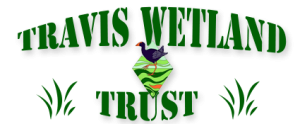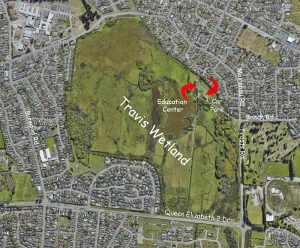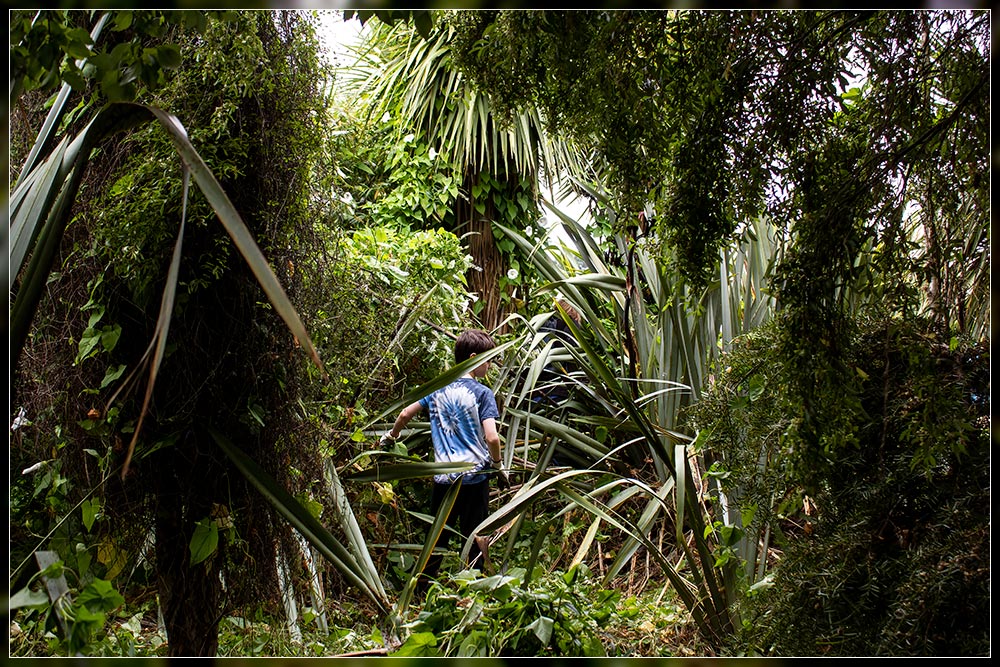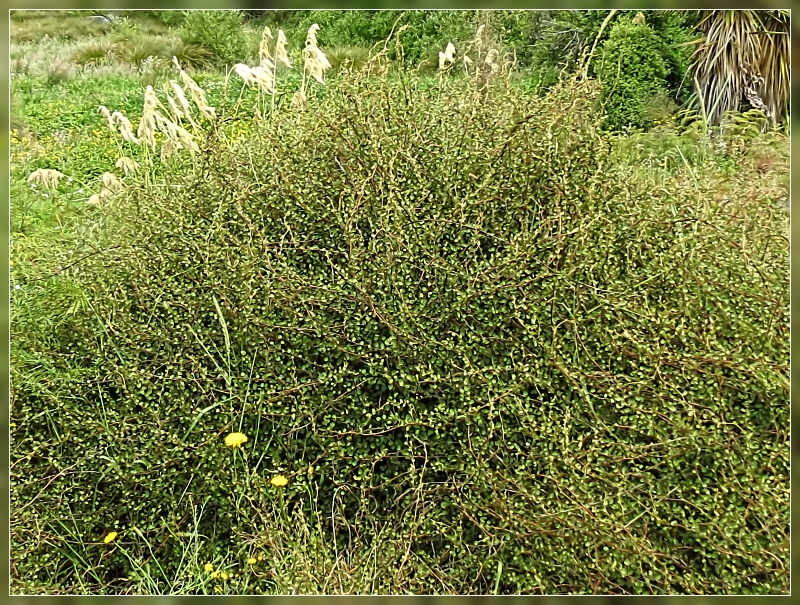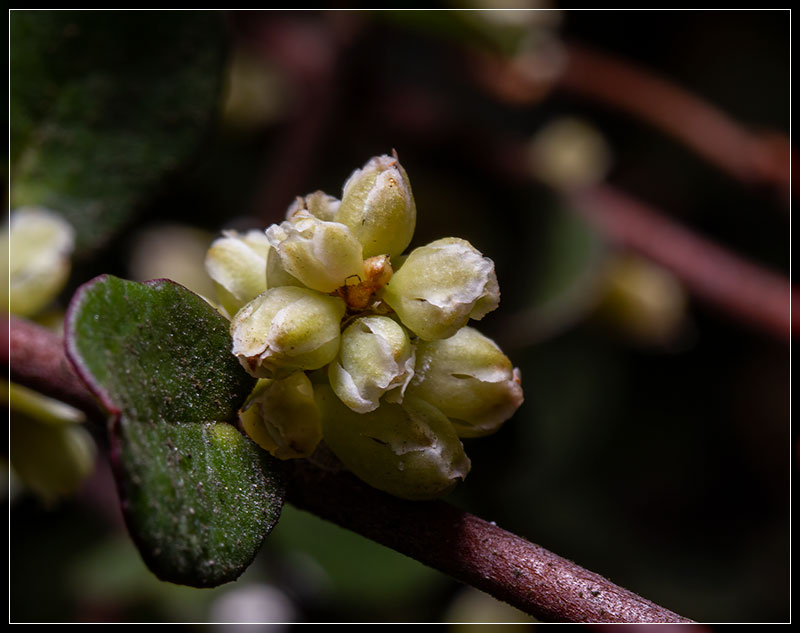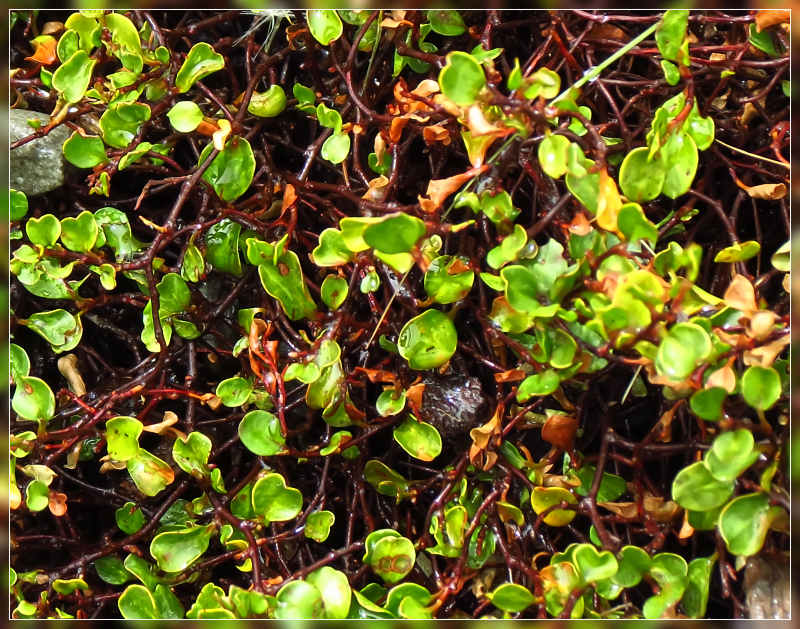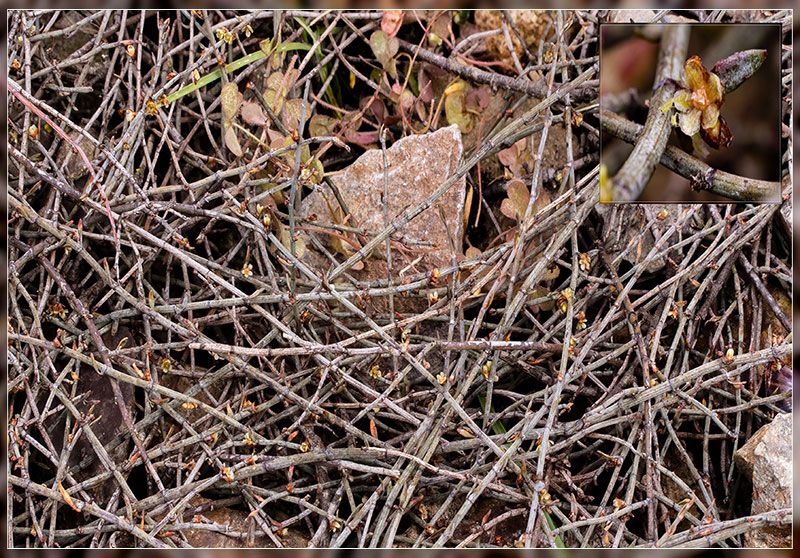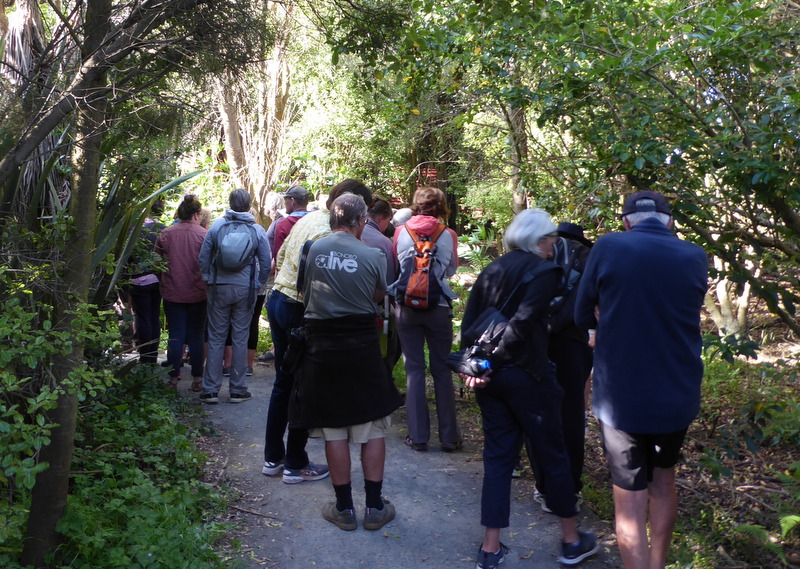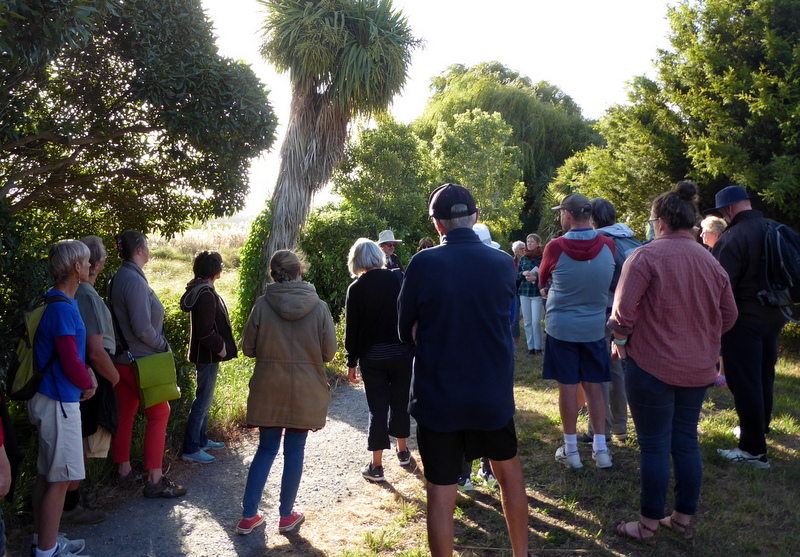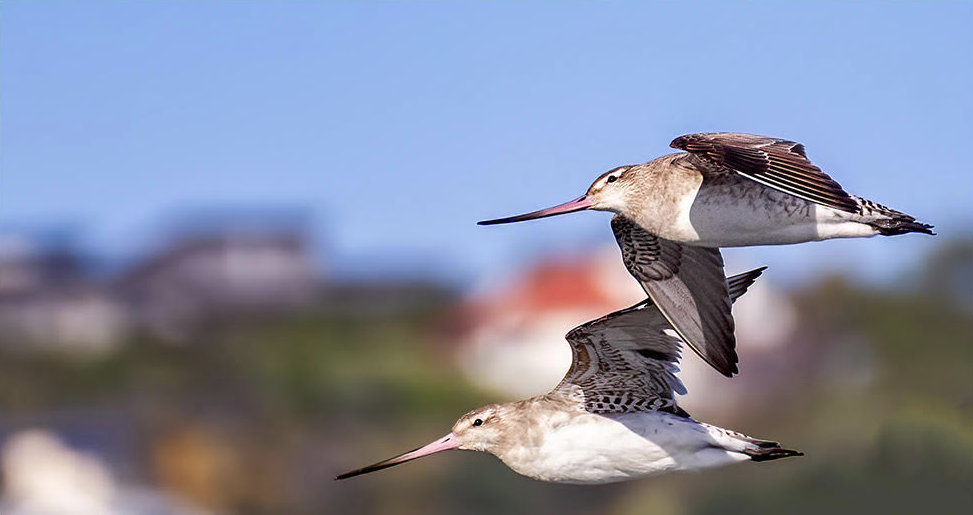Work Day Reminder, Feb 20 2021
The next Travis work day, is Saturday February 20, 9 am – 12:00pm.
Meet at the Education Centre (the old farm house) near the Beach Rd car park at 9 am. Click on the adjacent location map for a more detailed view.
There is a range of things we could be doing, so when we leave the Education Centre to work somewhere around the wetland a notice board in the porch will indicate where we have gone, if it’s not obvious. Please join us.
All tools provided. It may be wet underfoot, so gumboots are advised. If you don’t own any we do have some for loan.
Latest News
Last Work Day, 16 January
The weather gods kindly provided a cloudy and breezy morning for our first workday of the new year. Twenty five people turned up and we set off for the long walk to the southern woods. Some people managed to see Spoonbills on the way and there were very large numbers of Paradise Ducks on the ponds. We took note of the good growth of young plants from major planting days in 2019 and 2020.
Ranger John Skilton lead us to a spot on the eastern side of the woods, where Convolvulus was cramping the style of flax and young trees, and we began working off Xmas calories pulling the climber down. We soon became spread out among the dense woodland and it was great to see full canopy cover with not enough light to support European grass beneath. It was easy to forget where we had started in the thick bush and even some local residents became disoriented.
Moving in a westerly direction through the trees we found plenty of other weed species in small clearings. Mallow, Scotch Thistle, cleavers and hemlock were chopped back with enthusiasm.
In more open areas we found small native plants totally swamped by grass and other weed species and it was very satisfying to release them.
John found some samples of the worrying noxious weed Giant Willow Herb (Epilobium hirsutum) with its numerous pink flowers (read about it in the March 2019 newsletter). This plant spreads rapidly due to its wide spreading rhizomes (underground stems) and specialised removal will be undertaken in the coming weeks.
Due to the nature of our work area we all had different experiences during the morning and it was good to share these. Some of us were very impressed by a recently fallen tree bravely sending up lush new stems in search of sunlight. Others found invertebrates including native slugs and a funnel web spider on a toe toe.
Back at the Education Centre we enjoyed refreshments and the chance for a chat. Eleanor had made a delicious lemon cake to help us celebrate the birthdays of Colin Meurk and Joe Greenaway.
Thanks to everyone who assisted.
Article Sue Britain, Images: Grahame and Dave Evans
Pohuehue, Muehlenbeckia at Travis Wetland
We are lucky at the Wetland to have habitats suitable for all five species of pohuehue that grow in New Zealand; some of this genus of mostly climbers and scramblers are also found in Australia, South America and Papua New Guinea.
Our World Wetland day walk on 2nd February enabled us to see all five species!
Just off the walkway we sighted Muehlenbeckia australis; which is self established; the seeds having been distributed by birds. Plants climb through taller trees which provide support; it is both the largest growing and largest leafed of the species and hosts butterfly and moth species. They feed on the flowers and fruit, mine the leaves; a moth burrows into the stem which it enlarges then the moth pupates! Even the dead leaves that fall to the ground are food for the larvae of a moth. Higher up the plant provides a safe environment for nesting birds.
As we neared the Top Dune Viewing Seat sprawling and spreading widely, Muehlenbeckia complexa competes with bracken fern. It is one of our most common and dominant pohuehue, providing birds and over 42 species of moths and butterflies as well as invertebrates with a plentiful food supply. Just as well it is not threatened, we need to ensure its survival.
Bushes quiver with life; Muehlenbeckia astonii is the only plant of the group to form a bush and is on the nationally endangered list. [This is because of habitat loss.] We noted its neater appearance along the track edge and the very large number of NZ praying mantis inhabiting the plants. Someone counted how many flies a mantis ate in a day, the total — 25! Bag moths, grasshoppers and other insects depend on the plants for their survival. It has masses of almost transparent, tiny whitish, juicy fruit. Flocks of birds can be seen feeding there when it is quiet! Lizards also use this habitat as their food supply is abundant!
Back by the Education Centre Muehlenbeckia axillaris thrives and is spreading on the drier Lizard Habitat. It hosts boulder copper butterflies as well as other moth and butterfly larvae. Further plantings are planned for the old dunes at Mairehau.
Muehlenbeckia ephedroides thrives also in dry conditions on the Lizard Habitat. It sprawls over the rocks looking barely alive because of its fine wiry appearance; it hides its exquisite tiny flowers to all but those with a keen eye; we have butterflies which are dependent on it. It is on the threatened plant list because of habitat loss. More plantings of it are planned for Travis.
Areas like Travis Wetland are absolutely necessary for survival of so many species and the Muehlenbeckia family of plants are one of the most important as they host large numbers of species. Travis Wetland can’t do it all. We need to ensure that there is space reserved for natural ecosystems to be interspersed throughout our city and suburbs to join up with our natural country side ecosystems.
Thank you to Geoff Henderson and Brian Patrick for your very informative contribution on Muehlenbeckia to the 2020 Canterbury Botanical Society Journal. This was very helpful when I was putting this piece together.
Article: Eleanor Bissell, Images: Grahame
World Wetlands Day walk
On the evening of Tuesday 2 February, the annual World Wetlands Day, the Travis Wetland Trust hosted a guided walk at the wetland. A group of about 30 people walked with Trust president and ecologist Colin Meurk northwestwards along the Wetland walk in the direction of the Mairehau Rd car park. Plenty of things to look at were found along the way, beginning with a fruiting Kahikatea tree between the Education and Information Centre buildings.
It was very pleasant being out in the evening light and the divaricating bushes beside the path were well illuminated. This made it easy to spot the hosts of NZ praying mantises sunning themselves in the evening warmth. Also very visible were the hosts of weeds that challenge us, including Convolvulus, English ivy and honeysuckle.
When we reached the seat on the summit of the dunes by Mairehau Rd it was time to turn around and head back towards the Education Centre where Grahame was waiting to show us a collection of his best images of the flora and fauna he has observed at Travis Wetland, which were magnificent and much appreciated by everyone there. The evening was topped of with refreshments and snacks.
Many thanks to Colin for guiding the walk, Grahame for his beautiful images, Sue and Mike for setting out the supper and Barry for watching the car park to make sure there were no break-ins while the cars were unattended (yes, they are still happening occasionally, so don’t leave valuables in your cars).
Article and images: Dave Evans
Farewell to the Godwits
The annual “Farewell to the Godwits” ceremony, which wishes these amazing birds a safe journey back to their breeding grounds in Alaska is on:
Sunday, 28 February 2021
- Meet at South Shore Spit Reserve, end of Rockinghorse Rd, Southshore.
- 5:30pm – Free BBQ sausages sizzle and drinks.
- Children can paint a godwit garden ornament to take home – Music and Estuary Trust information stall.
- 6pm – Our mayor Hon. L. Dalziel will welcome those present and then CCC Park Rangers will guide you to where we can view the birds up close.
- FREE event suitable all ages – Good parking or take the No 60 bus which arrives and departs at the venue every 30 minutes.
Recent Images
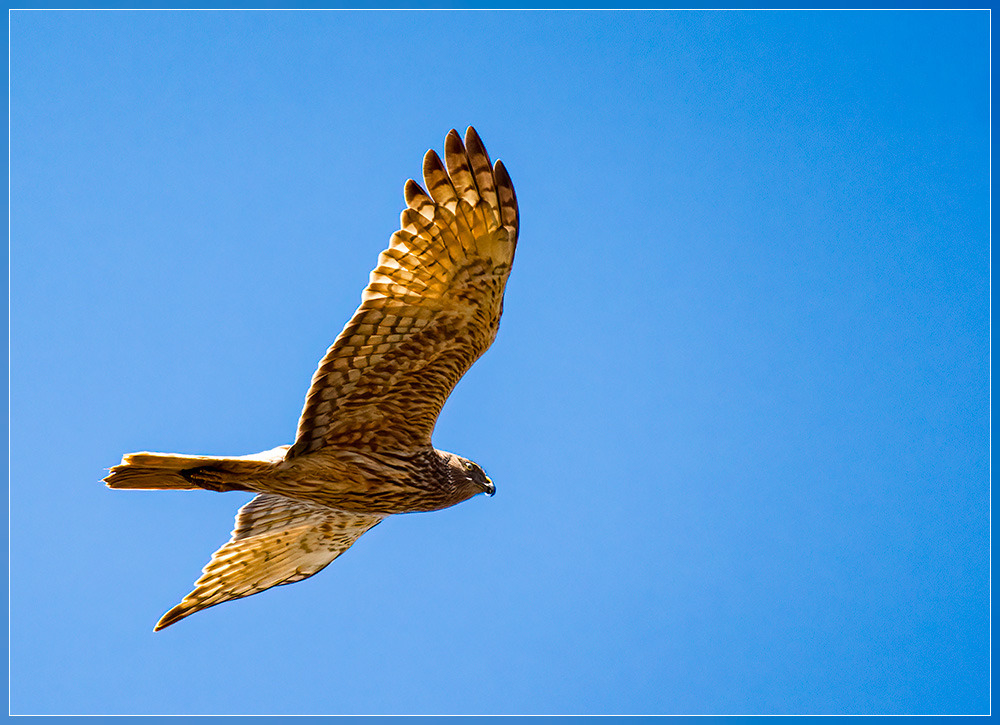
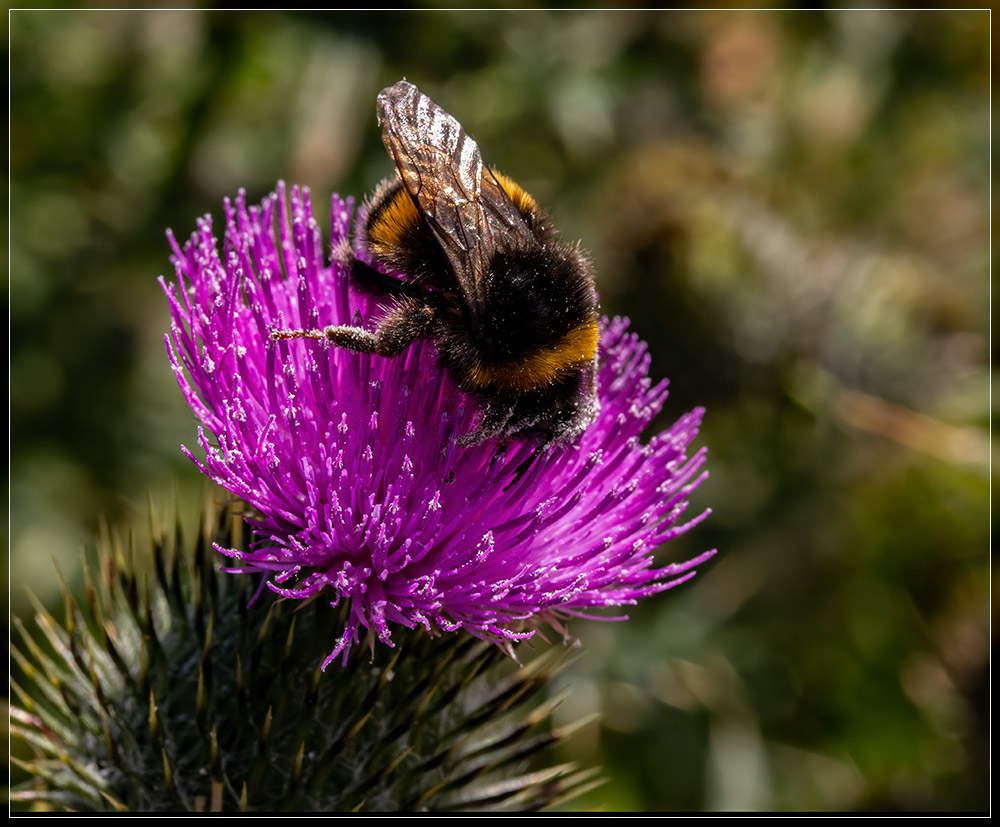
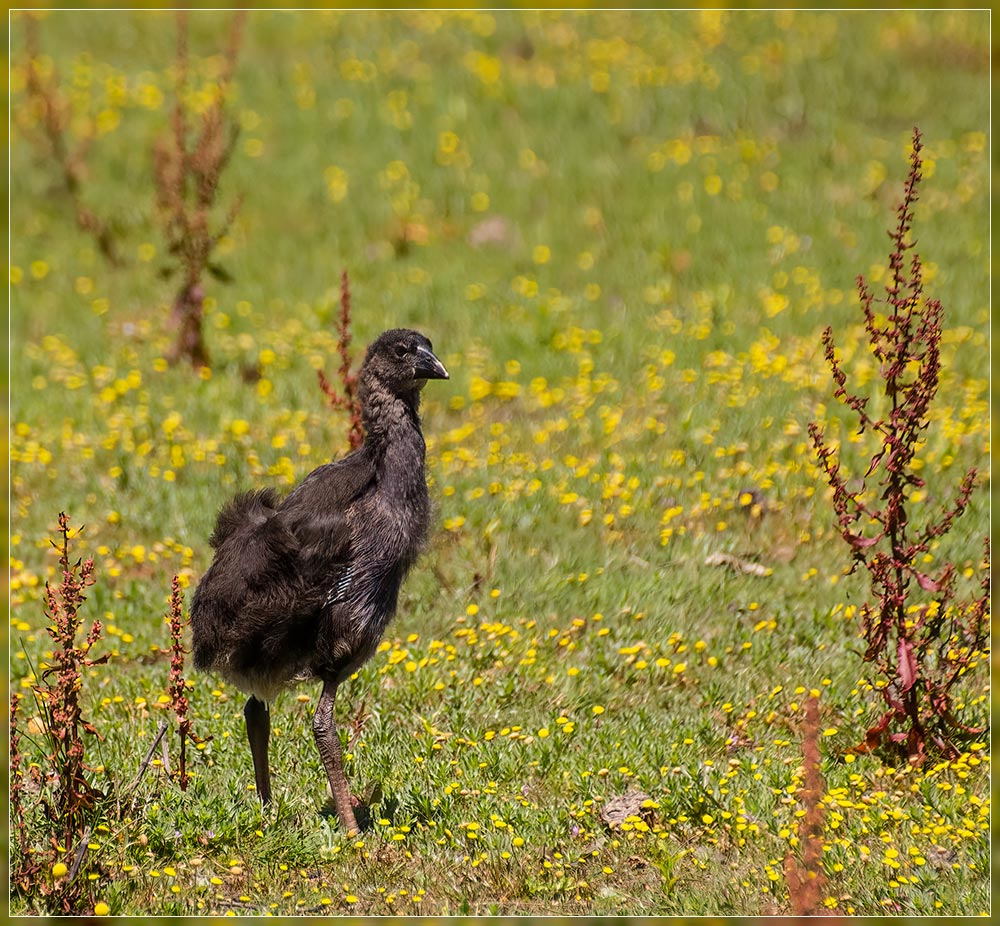
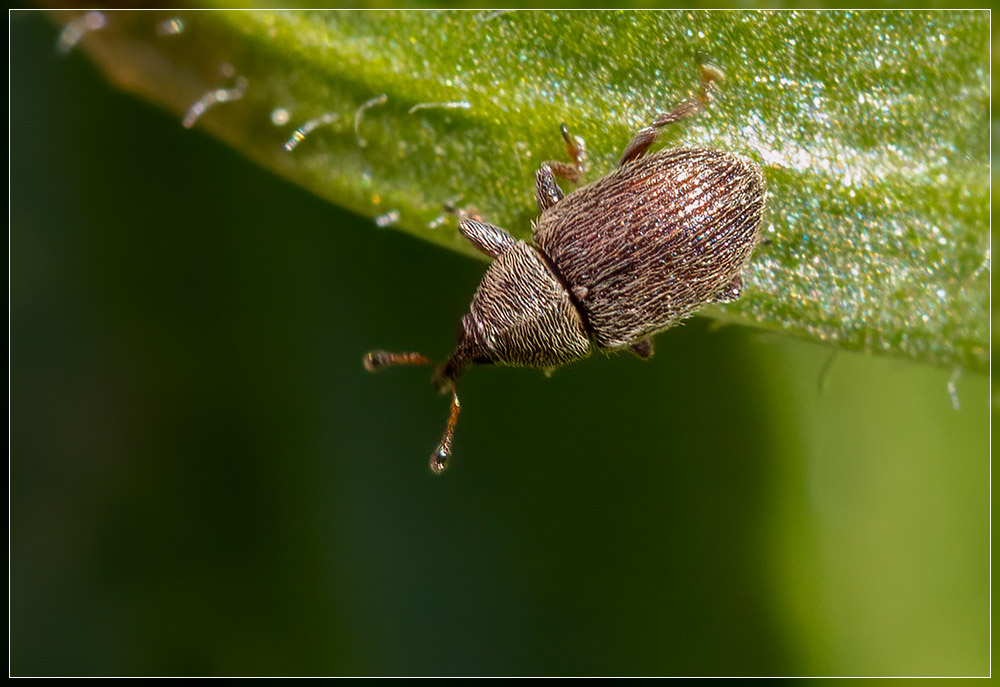
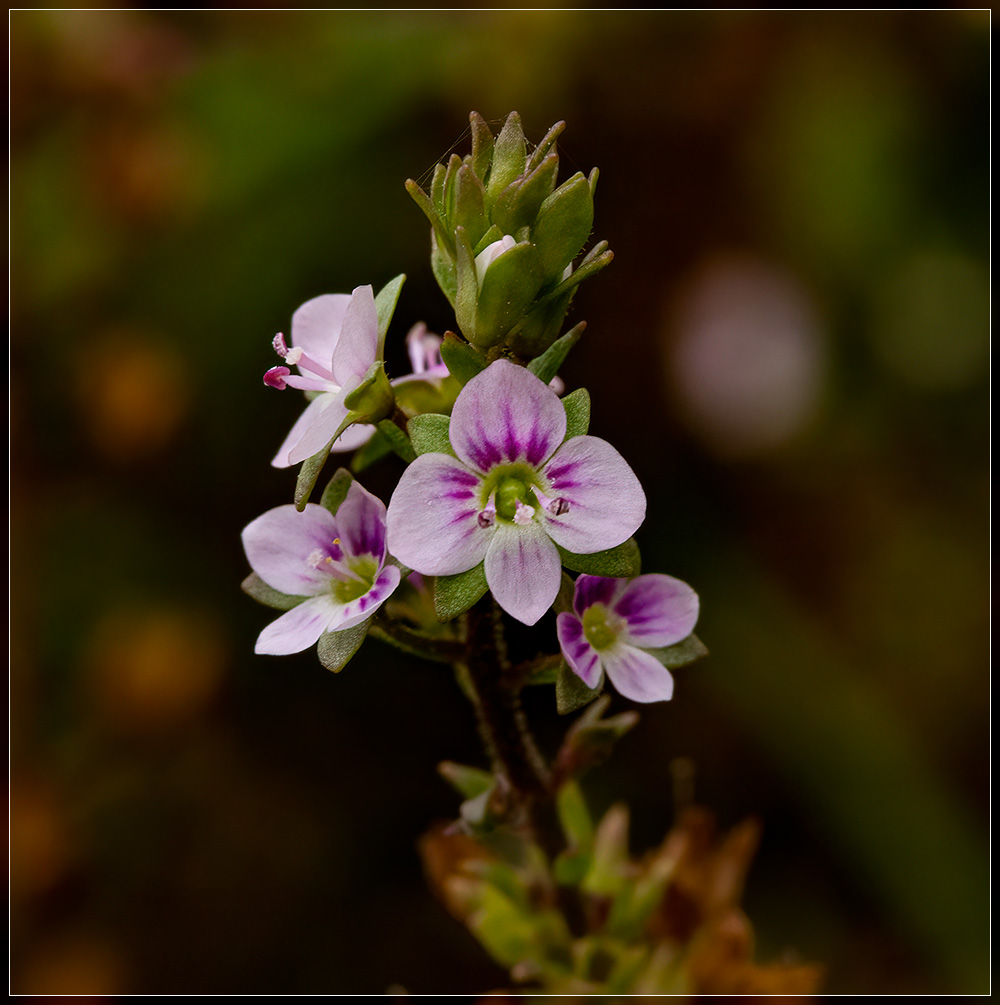
Images: Grahame

